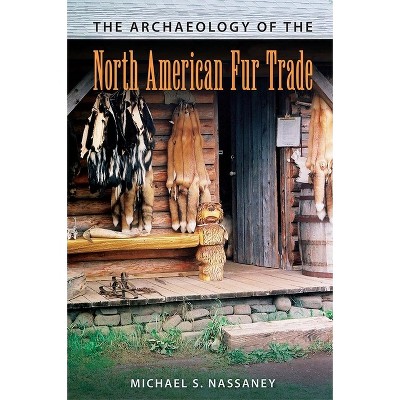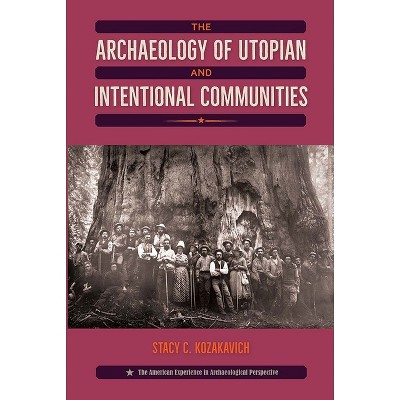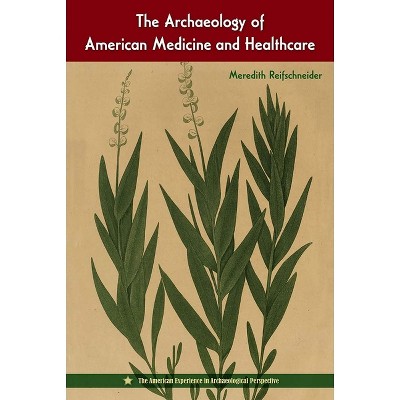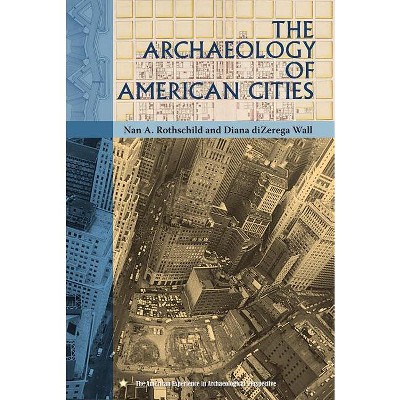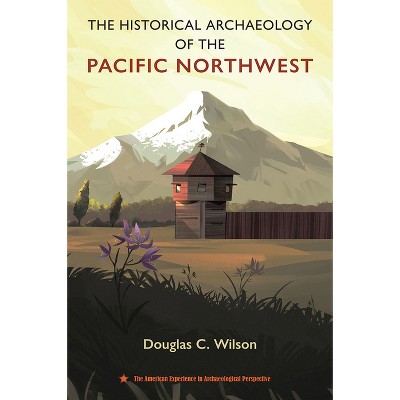The Archaeology of the North American Fur Trade - (American Experience in Archaeological Pe) by Michael S Nassaney (Hardcover)

About this item
Highlights
- The North American fur trade left an enduring material legacy of the complex interactions between natives and Europeans.
- About the Author: Michael S. Nassaney, professor of anthropology at Western Michigan University, is coeditor of Interpretations of Native North American Life: Material Contributions to Ethnohistory.
- 280 Pages
- Social Science, Archaeology
- Series Name: American Experience in Archaeological Pe
Description
About the Book
Nassaney's extended study of North American fur trade archaeology will be an important addition to the exploration of extractive economies, and it is the first text to synthesize the current research on the social, economic, material, and ideological aspects of the fur trade.Book Synopsis
The North American fur trade left an enduring material legacy of the complex interactions between natives and Europeans. From the sixteenth through nineteenth centuries, the demand for pelts and skins transformed America, helping to fuel the Age of Discovery and, later, Manifest Destiny.
By synthesizing its social, economic, and ideological effects, Nassaney reveals how this extractive economy contributed to the American experience. Including research from historical archaeologists and a case study of the Fort St. Joseph trading post in Michigan, this innovative work highlights the fur trade's role in the settlement of the continent and its impact, persisting even today, on social relations.
Review Quotes
"A fine piece of scholarship. . . . A solid introduction to the archaeology of the fur trade, as well as to the myriad archaeological issues associated with colonial interaction."--American Antiquity
"Data rich and theoretically robust. . . . One of the key points repeatedly highlighted by Nassaney is the active role of both Indigenous and non-indigenous peoples in the fur trade, in contrast to traditional narratives which emphasize European colonization and trade as shaping largely passive Indigenous societies."--Canadian Journal of Archaeology
"Demonstrates that what we perceive about the fur trade often reflects origin myths of modern USA and Canada. The fur trade has also been a 'test bed' for scholarly consideration of processes of culture contact, diffusion, and acculturation. By leading the reader through these divergent narratives, Nassaney makes clear that critical examination and reflection is an essential part of scholarship, and that the fur trade is fertile ground for rethinking old ideas through new interpretive filters."--Journal of Anthropological Research
"Impressive and ambitious, covering centuries of time and much of the North American continent. . . . Admirably balances the enormous numbers of sites, peoples, historical events, and colonial enterprises with some of the important research directions that have defined and are defining the field of fur trade studies in archaeology. . . . Absorbing."--Midcontinental Journal of Archaeology
"Provides a synthesis of the fur trade through time and across the continent. . . . Offer[s] consistent, coherent explanations of archaeological findings."--Choice
About the Author
Michael S. Nassaney, professor of anthropology at Western Michigan University, is coeditor of Interpretations of Native North American Life: Material Contributions to Ethnohistory.





